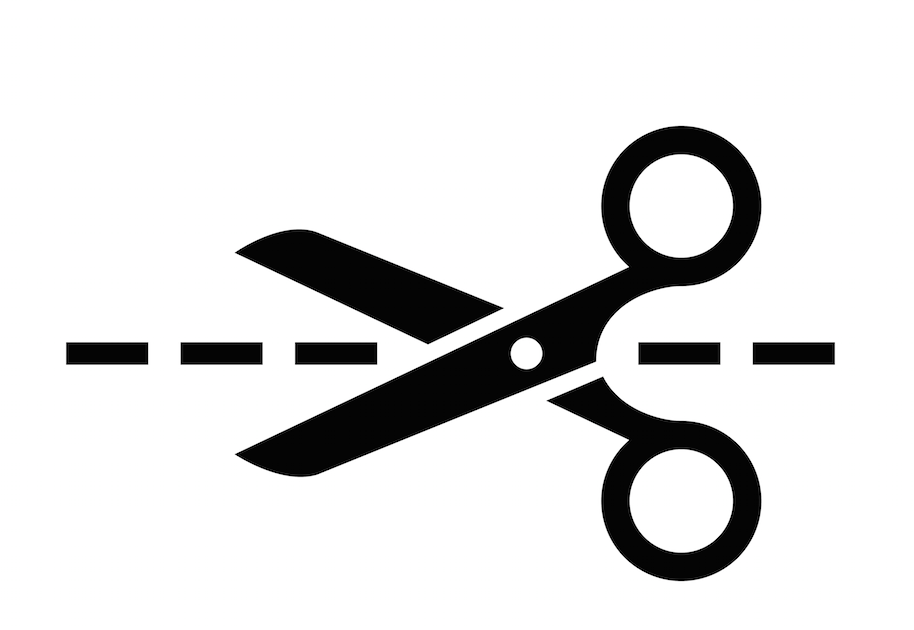What would it feel like to cut 2.6 percent from your budget? I suppose it would be different depending on who you are. For a family with an average income in Toronto, this would be a cut of almost $2000 a year. That could lead to some difficult decisions. For more wealthy families the cuts would be easier to absorb. But for low paid workers and those in poverty, 2.6 percent would lead to catastrophe.
The City of Toronto is currently being asked to make a 2.6 percent cut across the board in money it spends on public health, recreation, transit, childcare, affordable housing, and everything else.
Across the board cuts like this would almost certainly mean a reduction in services that promote health and well-being in Toronto. Blanket cuts may balance the books, but the impacts are not equitable. Board of Health Chair and City Councillor Joe Mihevc has said cuts of this size would mean Toronto Public Health would have to eliminate or scale back programs like seniors’ dental care and student nutrition programs. The cuts to student nutrition would mean over 13,000 low-income students would lose the nutritious food the city currently provides. Food programs like this help students to be healthy and allow them to be ready to learn in class. Having more students go hungry is a move in the wrong direction. A 2.6 percent cut will affect Toronto families differently. Cuts like this fall disproportionally on families struggling on low incomes, exacerbating the deepening inequality that already exists in Toronto. These services are available to all but relied upon by those of us with the largest need. They are there to level the playing field and make Toronto healthier through action on social factors that fuel disparities.
We cannot cut our way to a healthier and more livable city. We will need to raise revenues which could mean fair and efficient tax increases for some if we want to invest more in public health, transit, and affordable housing, but cities have many options. Instead of thinking about spending cuts we could be thinking about new revenue tools. One idea is a commercial parking levy paid for by lot owners, and it would mean we could afford to do more. It would mean we could expand public health programs, transit plans, and the number of childcare spots. The city has many options that have been shown to have positive public health effects, and a commercial parking levy has a lot going for it. At $1 per day, it could raise $383 million, serious money that could be directed at specific at a priority such as transit expansion or affordable housing. This levy would also make our city greener and healthier by discouraging unnecessary driving and encourage the use of transit, cycling, and walking. A commercial parking levy could lead to cleaner, more active commute, both a benefit population health.
If we are going to build new transit and affordable housing, which benefit all Torontonians, we are going to have to find the money to pay for them. Across the board spending cuts which harm the most vulnerable are not an equitable way forward. There are always ways to find money in changing how any organization functions, but we won’t find the amount of money we need to build this city in the couch cushions. No amount of consolidated printing cost savings or overtime reductions is going to pay for a new transit line. A commercial parking levy could be one of a suite of measures that provides us with the means by which we can make bold investments in making Toronto and healthier and more livable city. One that doesn’t have a disproportionate effect on those with low-income. This debate on new revenue tools is coming back to City Hall; let‘s not miss this opportunity.
